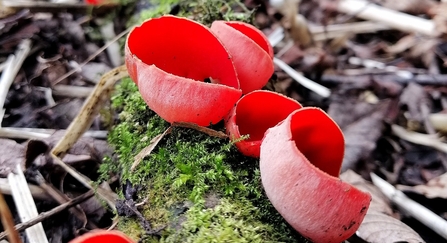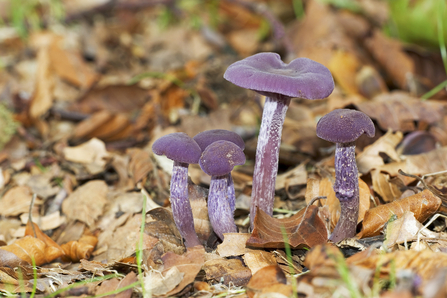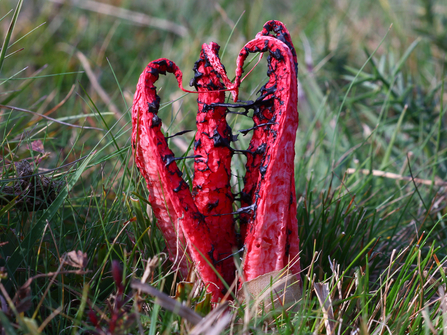As the leaves start to fall for autumn and the days get damper and darker, the approach to Halloween is the perfect time to explore the little-known world of fungi.
With more than 15,000 species in the UK, fungi make up an entire kingdom of their own. These curious beings are neither plant, nor animal, and their diversity is stupendous. Some are delicious, others are poisonous, and although those like the scarlet elf cups, king alfred’s cakes and pink ballerinas are sweetly named, others such as the funeral bell, weeping widow, and dead man’s fingers are more fitting as Halloween draws nearer.
Every habitat is home to a great variety of fungi, you may well be surprised at just how many you come across!




